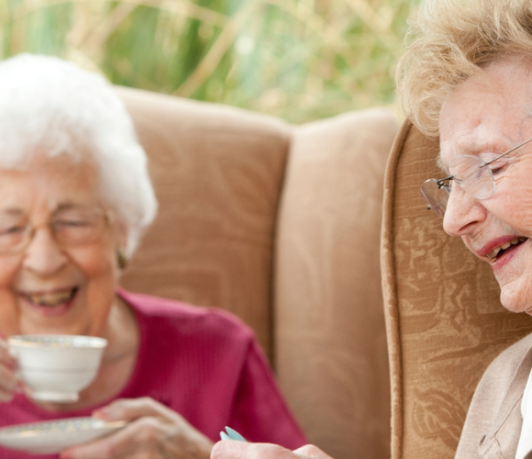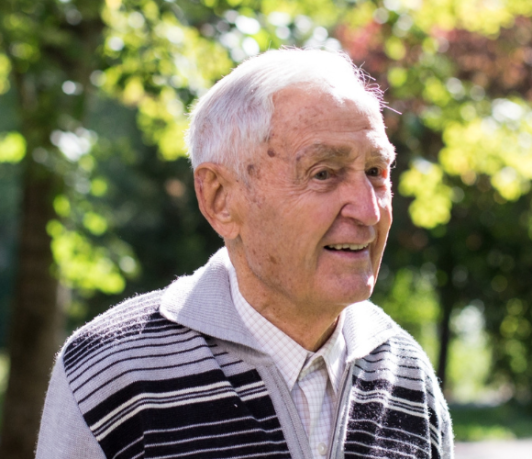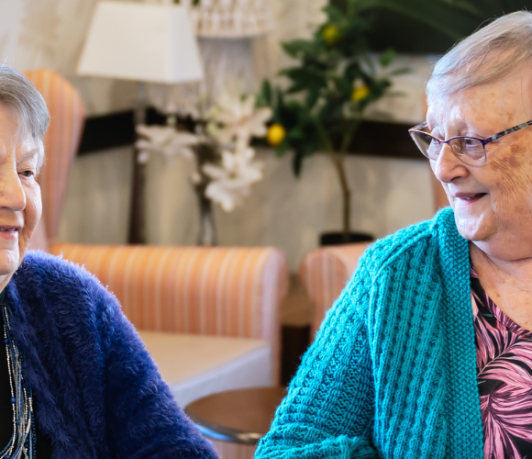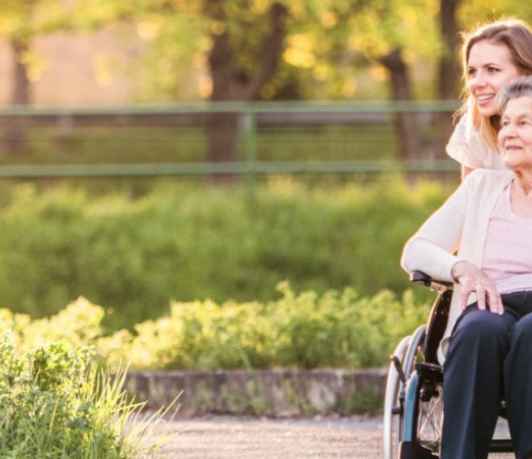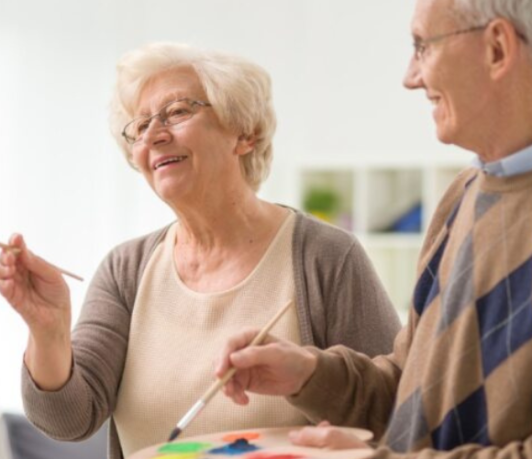How to Enhance Mental Health for Seniors through Exercise
Aged Care, Health & Wellness, Home Care |
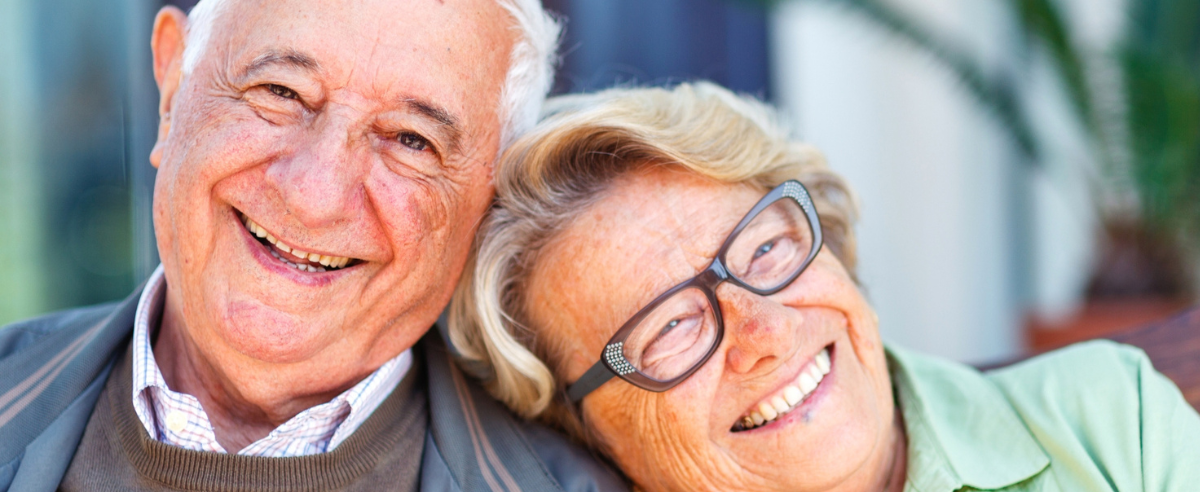
Throughout our lives, exercise plays a crucial role in supporting our mental and emotional wellbeing – and this is especially the case for older Australians. Beyond just the physical benefits, regular physical activity becomes a key element in unlocking a vibrant and fulfilling life during our golden years.
Let’s look at both the mental and emotional benefits of exercise tailored specifically for seniors. From the health effects to practical activity ideas, we’ll examine the opportunities for those with limited mobility, individuals in aged care homes, as well as those receiving home care. Additionally, we’ll address the importance of adapting exercise routines to changes in physical output with age and explore safe ways to stay active during the warmer summer months.
Mental health for seniors: unveiling the benefits
Let’s begin by taking a look at some of the key benefits of keeping an active lifestyle and improving mental health for seniors.
- Cognitive enhancement: Engaging in regular physical activity has been scientifically linked to cognitive benefits. For older Australians, this translates to a potential defence against cognitive decline and neurodegenerative conditions. Studies also suggest that exercise improves memory, attention, and overall cognitive function, contributing to a sharper and more resilient mind
- Mood improvement: Exercise acts as a potent mood booster, releasing endorphins that serve as natural mood lifters. For older Australians, this provides a practical way to combat feelings of sadness, anxiety, and depression. Regular physical activity has been linked to a reduced risk of depression, with consistent evidence showing that exercise serves as an effective adjunct to mental health treatment
- Stress reduction: Exercise serves as a powerful stress reliever, helping older individuals navigate the challenges of daily life with greater ease. Whether it’s a leisurely stroll, yoga, or strength training exercises, physical activity triggers the body’s relaxation response, reducing the production of stress hormones and promoting a sense of calm.
Exercise for all: Tailoring activities to suit your needs
Let’s consider the best ways for you and your loved ones to engage in exercise, taking into account factors like your current living situation, health circumstances, and any aged care services you currently access.
- For those with limited mobility: Limited mobility should never be a barrier to reaping the benefits of physical activity. Chair exercises, gentle stretches, and resistance training can be adapted to accommodate varying levels of mobility. Older Australians with restricted movement can also engage in activities that enhance flexibility and strength, such as seated leg lifts, arm circles, and modified yoga poses
- For those residing in aged care homes: Aged care homes provide a unique setting for group activities that foster both physical and social wellbeing. Group exercises like chair aerobics, dance classes, and light resistance training not only contribute to physical health – including falls risk prevention – but also create a sense of community and shared achievement.
- Programs like the “Sit and Be Fit” initiative, an international program designed specifically for older adults in care settings, demonstrate the positive impact of group exercise on physical and mental wellbeing. These programs often incorporate a variety of exercises tailored to the needs and abilities of residents, promoting camaraderie and holistic health – elements and activity ideas that can be incorporates in anyone’s regular physical activity routine!
- For those receiving home care: Home care recipients can incorporate exercise into their routine with personalised plans. Simple activities like walking, gardening, or using resistance bands at home offer opportunities for staying active. Additionally, home care providers can play a crucial role in supporting and encouraging exercise as part of daily care routines. For more on home care service and how they can be tailored to incorporate exercise support, read our comprehensive guide.
Adapting to changes in physical output with age
It’s crucial for individuals who may have a history of engaging in regular physical activity to recognise that their output may change as they age. For example, despite your current or any past level of fitness, ageing can bring about natural shifts in muscle mass, bone density, and overall physical capability. So it’s essential to be conscious of these changes to exercise safely and effectively. Some considerations include:
- Moderation and pacing: Gradual adjustments to exercise intensity and duration can help accommodate changes in physical capability. Listen to your body and avoid pushing yourself too hard, especially if you’re previously accustomed to more advanced physical output.
- Incorporate strength training: Including strength training in your routine becomes increasingly important with age. It helps maintain muscle mass, bone density, and joint health. Focus on exercises that target major muscle groups, using lighter weights and higher repetitions if needed.
- Flexibility and balance training: As flexibility and balance may be affected by ageing, integrating exercises that enhance these aspects is crucial. Activities like yoga and tai chi can contribute to improved flexibility, balance, and overall stability.
- Regular health check-ups: Before embarking on a new exercise regimen, making significant changes to an existing one, or engaging in a new activity outside what you’re used to, consult with a healthcare professional or carer. Regular health check-ups can provide insights into specific considerations or modifications needed based on individual health conditions.
Staying active in the summer months: Safety tips
The warmer months offer an excellent opportunity to engage in activities outdoors, but it’s crucial to do so safely. Here are some tips for engaging in physical activity in the summer:
- Hydration is key: The heat can lead to increased fluid loss through sweat. Stay well-hydrated by drinking water before, during, and after any physical activity, no matter how small. You may also consider avoiding excessive caffeine or alcohol consumption, as they can contribute to dehydration.
- Choose the right time: Opt for early mornings or late evenings to avoid the peak heat of the day. This reduces the risk of heat-related illnesses and ensures a more comfortable exercise experience.
- Protect your skin: Use sunscreen with adequate sun protection factor (SPF) to shield your skin from harmful UV rays. Wear a hat and lightweight, breathable clothing to protect yourself from the sun.
- Modify exercise intensity: Be mindful of the heat and adjust the intensity and duration of your activity or workout accordingly. If it’s exceptionally hot, consider opting for indoor activities or swimming for a refreshing and low-impact workout.
- Listen to your body: Pay attention to signs of heat-related stress, such as dizziness, nausea, or excessive sweating. If you experience any discomfort, stop and take a break, find shade, and rehydrate.
In summary
As we age, exercise and regular physical activity emerges as a practical tool for mental and emotional wellbeing. Tailored to the needs of older Australians, exercise becomes a versatile strategy for cognitive enhancement, mood elevation, and stress reduction. Whether in the communal spaces of aged care homes or the comfort of one’s home with the support of caregivers through home care services, the transformative power of physical activity is a key component of a healthy approach to ageing.
We’re here to support you
At Respect, we’re passionate about supporting older Australians to ensure the next phase of their lives are filled with purpose and possibilities. Whether it’s through our network of aged care homes or our home care support and services, we believe that creating a robust calendar of activities and social programs go hand in hand with providing our residents and clients with regular engagement and opportunities to improve their wellbeing – and this includes physical health.
